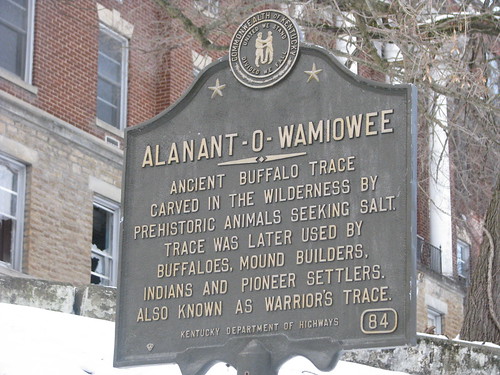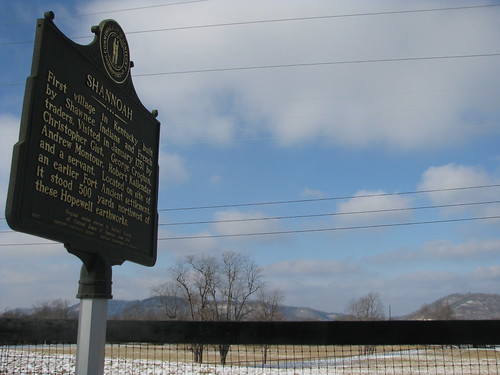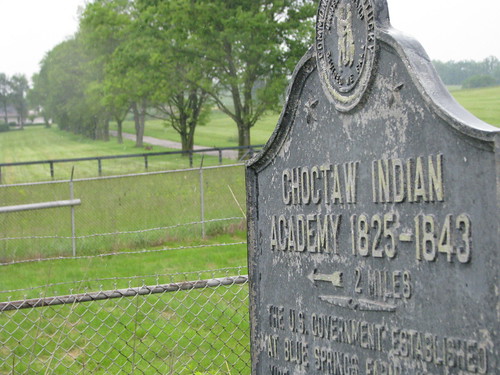By Helen Danser, Chair, Kentucky Native American Heritage Commission
American Indian Heritage Month has been observed in Kentucky each November since 1998, designated again recently by Gov. Steve Beshear. According to the gubernatorial proclamation, “American Indians have lived in Kentucky for more than 12,000 years… Kentucky’s American Indian heritage enriches the lives of Kentuckians and is worth preserving.”
This coincides with the national observance which, according to the Bureau of Indian Affairs, started at the turn of the 20th century as an effort to gain a day of recognition for the significant contributions the first Americans made to the establishment and growth of the U.S.
President Barack Obama noted in his 2014 proclamation, “As we celebrate the rich traditions of the original peoples of what is now the United States, we cannot forget the long and unfortunate chapters of violence, discrimination, and deprivation they had to endure… but as we work together to forge a brighter future, the lessons of our past can help reaffirm the principles that guide our Nation today.”
These are sobering words I take very seriously as chair of the Kentucky Native American Heritage Commission, established in 1996 to promote awareness of significant Native American influences within the historical and cultural experiences of our Commonwealth. The commission is attached to the Kentucky Heritage Council/State Historic Preservation Office (KHC) and made up of 16 appointed members, eight of Native American heritage, representing institutions of higher learning, the preservation or archaeological communities, the arts community and the public at large.
The commission has been working hard to fulfill our mission of advocacy, having met recently with the Education and Workforce Development Cabinet and the Cabinet for Health and Family Services to raise awareness of American Indians residing in our state and help link these individuals to services they may need, given particular health and social issues associated with their ancestry.
But education is our main focus, especially the need to refute pervasive myths and stereotypes that continue to be perpetuated in modern culture, to an alarming degree. We have made it a priority to address these through presentations at public schools and put tools into the hands of teachers so they can do so, as well. The commission’s education committee is working on a curriculum about Kentucky Native Americans geared to Common Core standards, which would enhance history curriculum already in place. And we are working actively with several school-related sports teams to encourage them to do away with inappropriately themed mascots.
Recently we were successful in having a commission representative appointed to the Governors Interstate Indian Council, which met recently in conjunction with the National Congress of the American Indian. The commission has also recently been accepted into the Southeastern caucus of the council, thus officially recognizing us as the Indian commission for Kentucky. This is important because the commission is not a tribe, as are most other members, and this gives us a voice at the national level to bring forth issues those of us in Kentucky face related to tribal or social service needs.
Many Kentucky American Indians are descendants of those who marched along the Trail of Tears, which forced tribes west as part of the Indian Removal Act of 1830.This tragic chapter in American history resulted not just in the eradication of Cherokees from our state, but also others including original Kentucky tribes Shawnee, Chickasaw and Yuchi. Some returned in later years, and today according to the Census Bureau, more than 30 tribes are integrated in Kentucky’s population. A number of these individuals are recognized as members of either federally or state-recognized tribes living off reservation.
Advocating for legislative approval of a legal definition of “American Indian” has been a longstanding effort by the commission, and we have made the case that Kentucky should simply adopt the federal Census Bureau language, which defines an American Indian as someone having origins in any of the original peoples of North, Central and South America, who maintains tribal affiliation or community attachment, and is a legal resident of the United States.
Adopting a definition would serve as acknowledgement and validation that American Indians do, in fact, reside in Kentucky, and reinforce that we have, indeed, been an integral and distinguished part of its history, and now represent a vital part of the present and future of our Commonwealth.
 |
| Helen Danser |
If you would like to become involved in our work, contact KHC staff coordinator Tressa Brown at [email protected], or 502-564-7005, ext. 125, or visit www.heritage.ky.gov.
Helen Danser, of Tyner, is chair of the Kentucky Native American Heritage Commission and is of Cherokee descent.
The foregoing post is adapted from a press release issued by the Kentucky Heritage Counsel/State Historic Preservation Office on December 3, 2014.




